Life is sweet despite 60 years of diabetes
She’s got an infectious smile. And you might agree that her dimpled chubby cheeks and curly, cropped hair only add to Mina Fernandes’s pleasant disposition. Dressed in a bright pink kurta and light cream pants, Mina hardly looks her age days before she is set to turn 70. Ask her about how the ride with type 1 diabetes has been so far and Mina’s right eye narrows thoughtfully, as she tries to jog her memory. She was diagnosed when she was a little girl of 10. On June 8, as she turns 70, Mina rolls back the curtains of her memory and chats about how life has treated her over the last six decades. In 1960, things were not so easy for a juvenile diabetic. For one, she hardly had any other children who were like her for that much-needed peer support. And then, the concept of childhood diabetes was little known in India even within the medical fraternity. But she has lived life and lived it well and has no regrets whatsoever.
Alex Fernandes, himself a type 1 diabetic for 35 years, cornered MINA FERNANDES for a freewheeling chat to script the story of her diabetic life in those early days. Here’s a slice of her life straight from the horse’s (rather mare’s) mouth…
Mina talks about #MarriageAndDiabetes
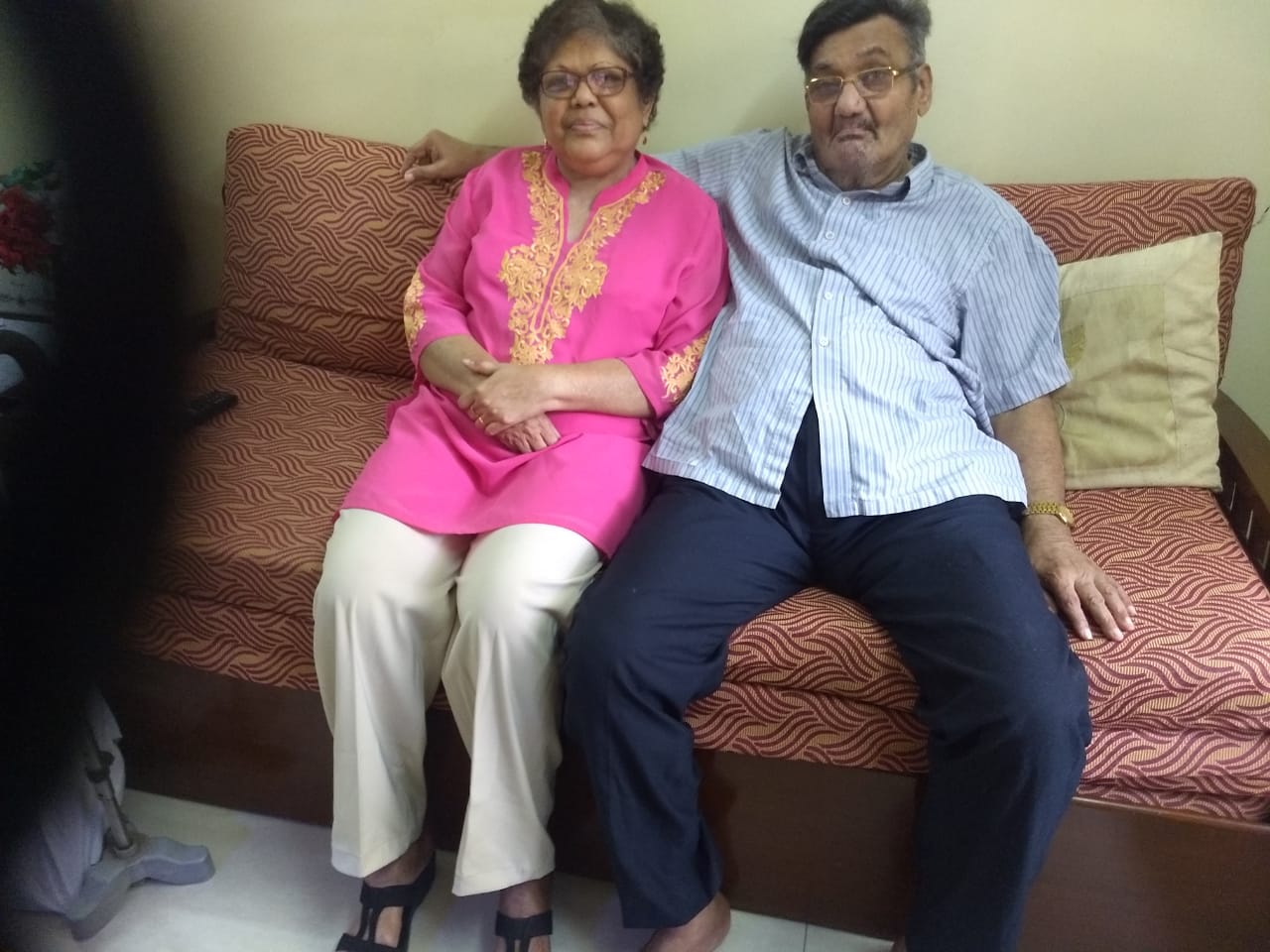
Winter Of ’59
It was a little before Christmas in 1959 that I had started getting symptoms of diabetes although technically, the diagnosis happened in May 1960.
Before Christmas, my mother had taken me and two younger sisters to the tailor to get our Christmas dresses stitched. A few days later, when we went to the tailor’s to try out the dresses, only mine was fitting me poorly. “You look like a hanger in that frock,” my mother observed. Indeed, I had suddenly grown reed thin.
I was in class 5 at St Teresa Convent in Santacruz, a western suburb of Mumbai. I remember running frequently to the washroom to pass urine. At times, I had no control over my bladder and, at times, used to wet my undergarments and uniform. You’ll surely understand that for a little girl of 10, this was quite embarrassing.
My maternal grandmother, Elizabeth Rego, a nurse at the state-run Cama Hospital, suspected that I suffered from a bout of acidity. She took me to the family physician, Dr JC Chhaya. The doctor recommended a urine test which showed positive for sugar. I remember Dr Chhaya staring at the report incredulously.“Sugar? No, no. How can she test positive for sugar? Children don’t get diabetes, you see,” he frowned, sure that here had been some goof-up with the urine test. You wouldn’t blame Dr Chhaya for that time and age when there was zilch knowledge about childhood diabetes in India. Such a thing was unheard of. He concluded that the bottle in which the urine sample had been collected was the culprit. He ordered a repeat of the urine sugar test. This time, he insisted on using a sterilized bottle to collect the sample. So, another test. Another report. Once again, urine sugar showed positive.
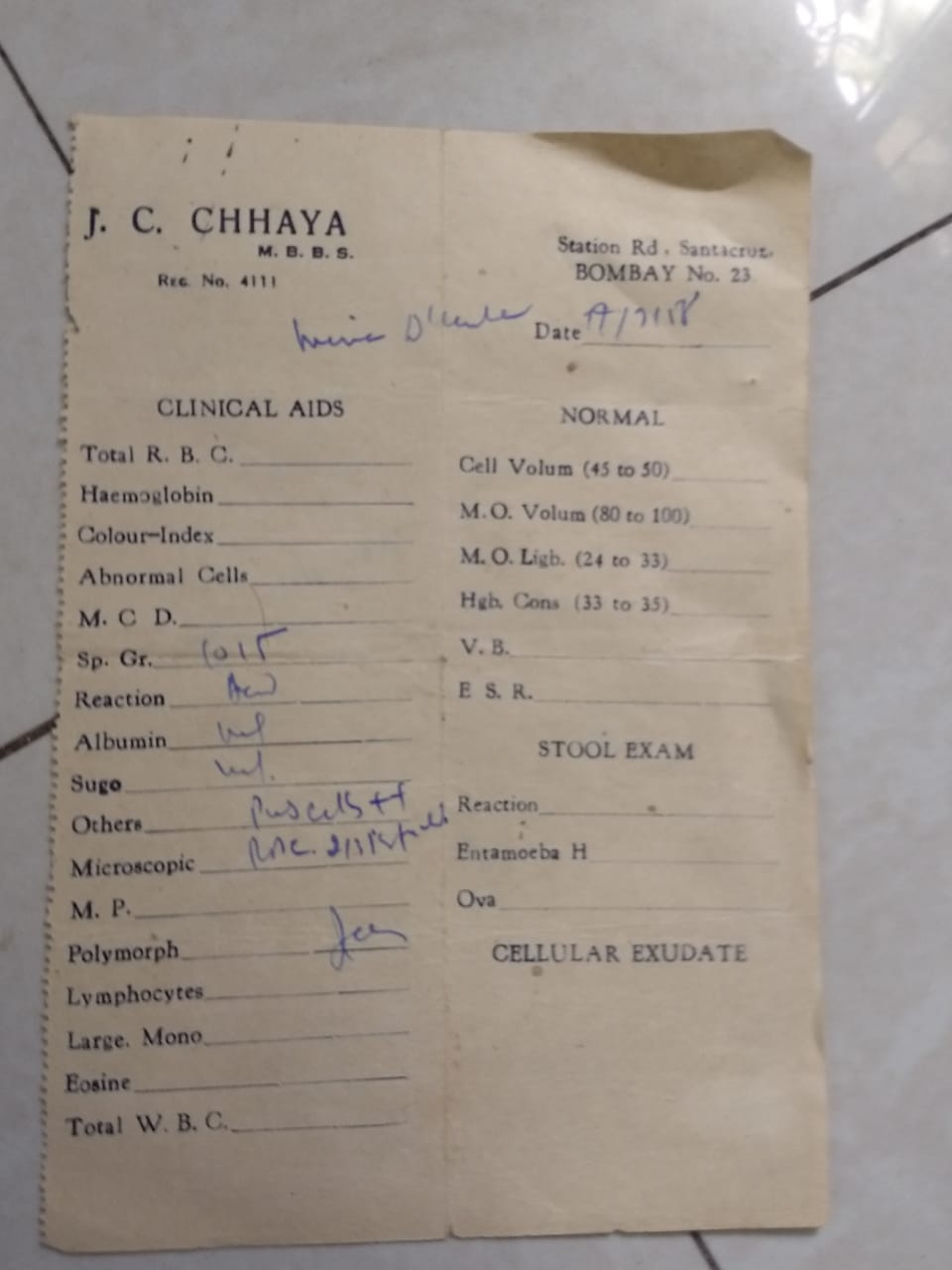
Dr Chhaya’s face melted into a scowl. “No baba, no. This just can’t be true.” He was wearing a confused look. Something which his medical science books had not accounted for, maybe. Dr Chhaya ordered a quick glucose tolerance test. This ruled out all doubts. It was confirmed that this little girl of 10 had diabetes.
Back then, there were no diabetologists in Bombay. So, I was ushered into the chamber of Dr Tibrewala, a child specialist at Bombay Hospital. My parents and my grandmother came along. From the corner of my eye, I think I saw that their lips quivering constantly. Or maybe, they were all praying silently. Hoping that this turbulent storm would pass.
Dr Tibrewala was a jolly good man. I was admitted to Bombay Hospital. Everything was happening in a rush. It all seemed like a blur. A nightmare that would soon pass.
I was suddenly jolted out of my sleep. Dr Tibrewala was beside my hospital cot with a glass syringe in hand. “Look beta, I will now teach you how to take your insulin injection. You have take these shots everyday for all your life…”
I think the tears came rolling down instantly. At age 10, I could not fathom much of what was happening. But having to take injections everyday was enough to make a kid cry. I cannot imagine what was brewing in the minds of my grandmother and parents. They never showed me that side of their apprehension.
A month after I had been admitted to Bombay Hospital on May 8, 1960, I was discharged on June 8 which is my birthday. Dr Tibrewala and the nurses wished me and told me to be a good girl. Of course, there was no birthday cake or sweets. Dr Tibrewala was a helpful soul who looked after me well. I was his special patient, being a rare case, medically speaking. I was taught to take my injection and take care of my diet. But that was it. Even something as basic as rotating my injection site was not taught to me. As for the diet plan, I was told to avoid rice, potatoes and starch. I have the discharge card and diet sheet that the hospital had given me. It was a yellowing piece of paper. A collector’s item.
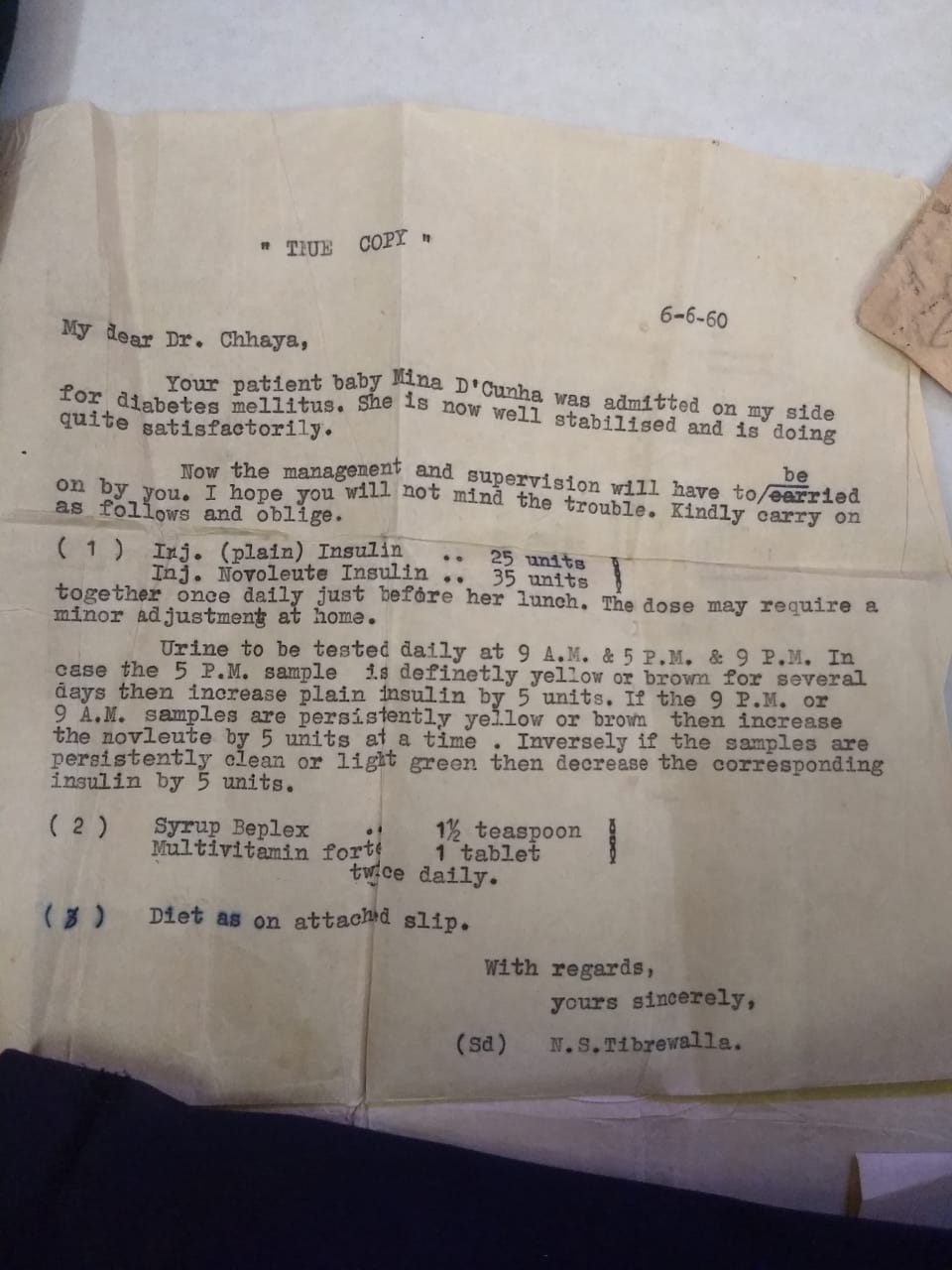
Initially, things were tough. Well, I had been given my diet sheet and insulin dosage. But nobody ever thought about that much-needed moral support that I needed to cope with this medical condition. Somewhere within, I felt a deep void. But my parents and grandmother were supportive. And that was a big deal.
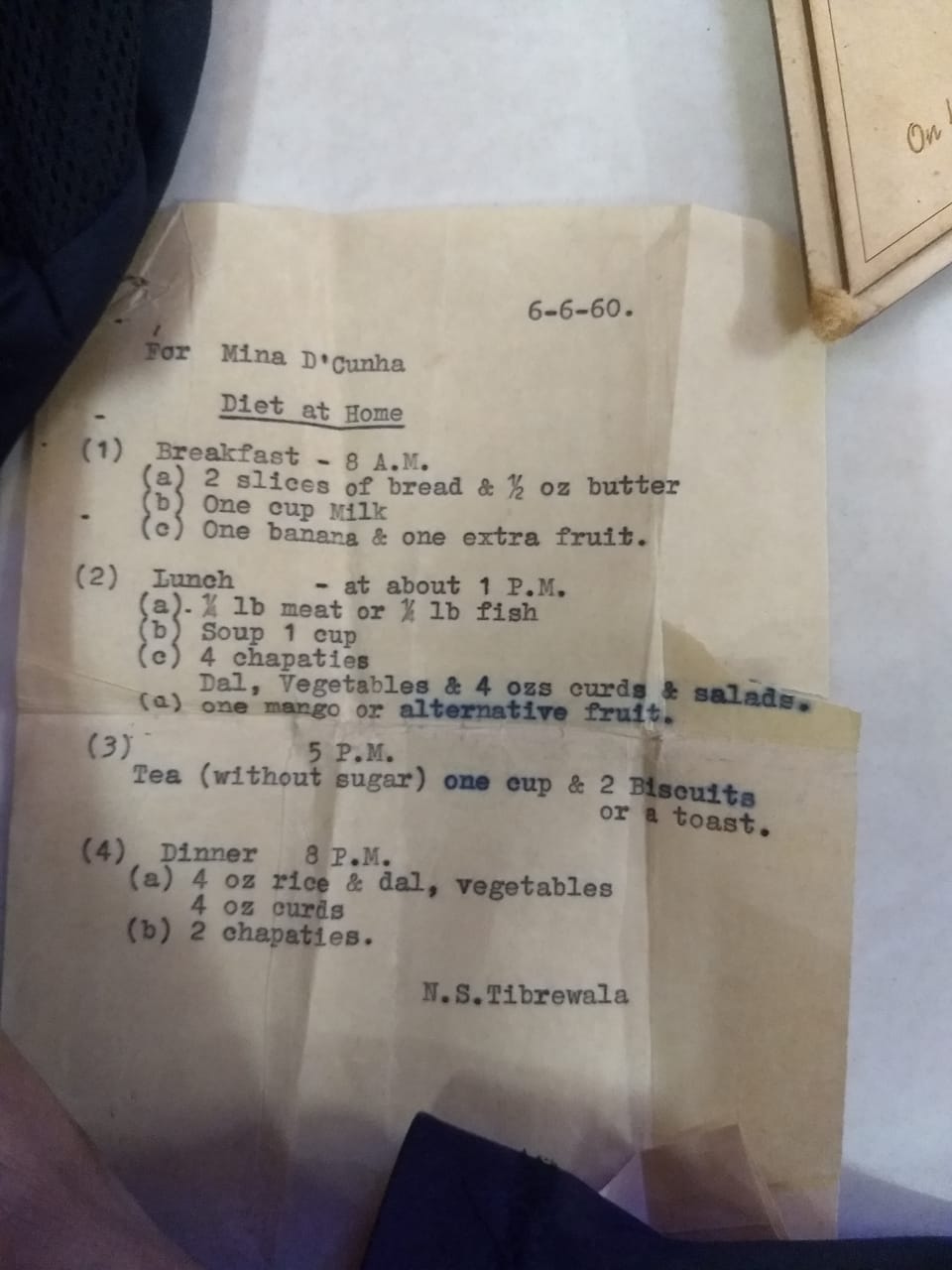
Will She Finish School?
I am the eldest of seven children—three of us girls. My parents and siblings were understanding and supportive, but more than them, my grandmother stood by me through thick and thin. She focused all her attention and energy on me. Being a nurse, it was but natural for her to give me my daily shot of insulin. My first insulin vial cost the family a princely Rs 5. It was big amount especially if you consider that my father had lost his job around that time. I learnt to take my insulin injection by the time I was 14. As for my diet, my grandmother allowed me to eat everything, including rice and potatoes, but in limited quantity. Every day, I was fed a porridge of wheat and nachni ground together with a pinch of salt and a dash of sugar thrown in for good measure. “You see, she’s a growing child and needs all of this,” my granny contended.
While the ambience at home was fiercely supportive, the world outside was different. Neighbours, relatives and friends had their unfounded fears about how a child would survive. “Arrey, but will she even survive?” one asked. Another said that I would not be able to continue schooling. Still others opined that ‘life is finished now’. No marriage for this girl, they said. Some went a step ahead and warned that if at all someone married me, I should never think of having a child. A totally discouraging atmosphere all around!
I do not remember knowing or meeting any other juvenile diabetic in the early days of my growing years. If at all there was anyone, I wasn’t aware. So, in the early years of my diabetic life, I was islanded and marooned with absolutely no moral support in the outside world.
In the same vein, I must vouch for the fact that family support works wonders. With my folks by my side, especially my grandmother, I inched ahead.
I finished my SSLC exam in 1966. That’s an acronym for ‘Secondary School Leaving Certificate’. Back then, class 11 was the final year of school at the end of which students took their first public exam. I scored a 55%. For the academic standards of that era, it was not at all a bad score.
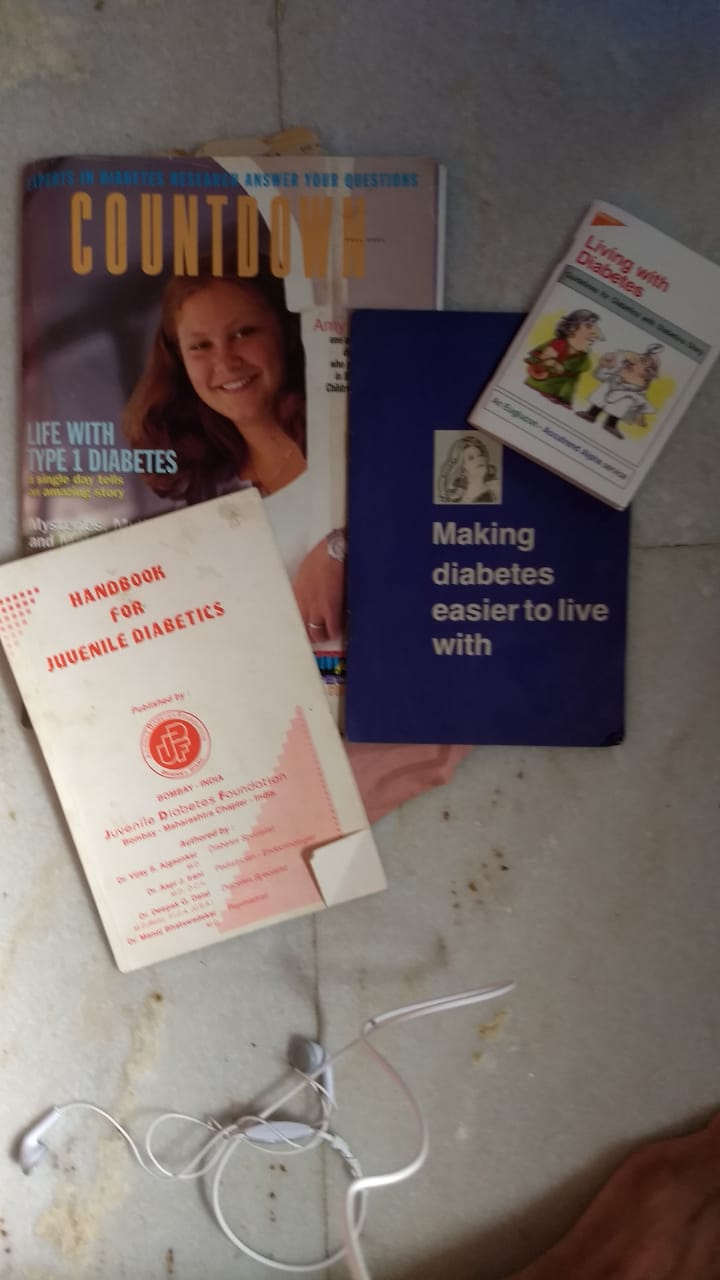
Getting A Job
After finishing school, I signed up for a secretarial course at the YWCA (Young Women’s Christian Association). Back then, only the very privileged few went to college. After I completed my course, I took up a job as a stenographer at German Remedies, a pharmaceutical company. When I went for my interview, the office people did not ask about medical fitness and so I did not mention anything about being diabetic. I was asked to give a test in typing and that was it. I was recruited for a monthly salary of Rs 250. A superb break, for that time!
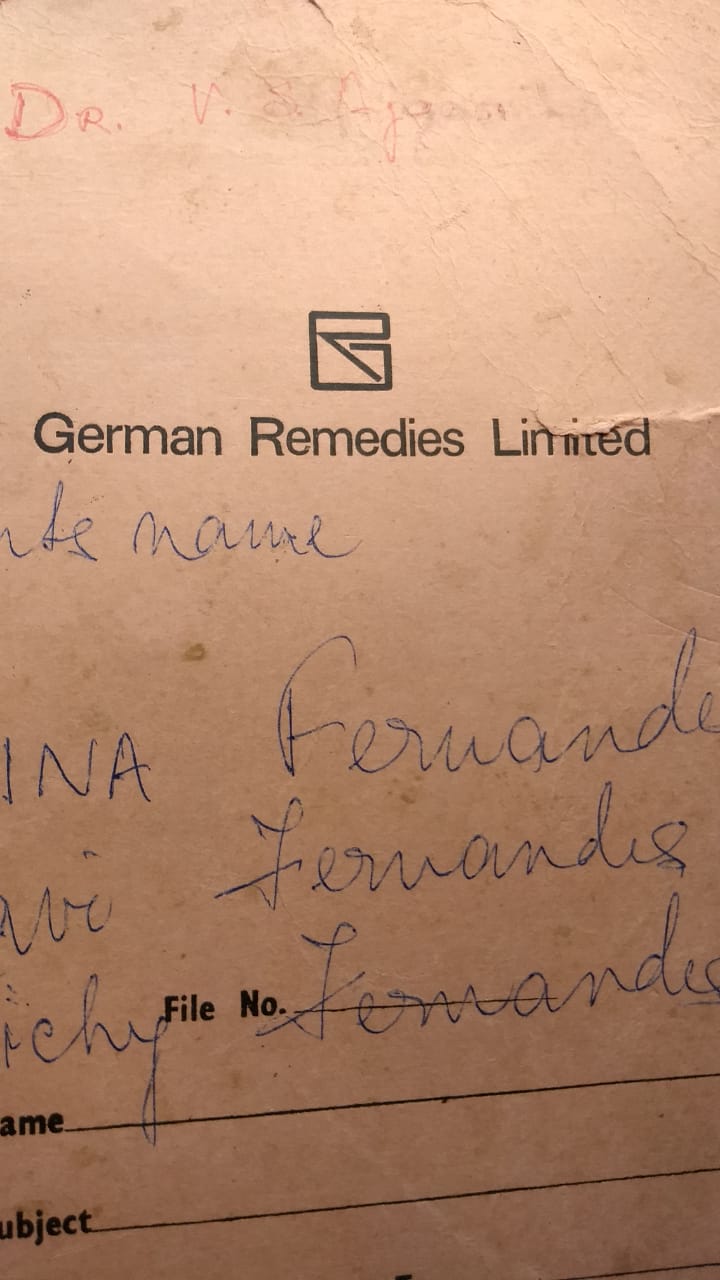
It is here that I got to know Richard Fernandes, a medical representative at German Remedies. He was lean and tall, a jovial guy with a smiling face with tawny eyes. Richard mingled about with everyone at the office. He came across as a happy-go-lucky man.
I was just 21, a coy maiden. I did speak to Richard but only a little. He often made small talk with me and two other young girls, Florence and Anna, who were my colleagues. I realized later that he used to try and impress us, like any young man would. What we, the bevy of young maidens, liked about Richard was his light eyes.
One evening, we three girls stepped out of the office in Worli to get back home. We were at the bus stop when a cab pulled up and someone called out a gentle ‘Hello’. Richard, the eligible bachelor at German Remedies was smiling at us.
“Hello, I’m taking a cab home to Vile Parle. Would you girls want a lift?” All three of us lived along the same route and we quickly got into the back seat of the taxi. Richard sat beside the driver. As the taxi plodded through the north-bound traffic, Richard made small talk about the weather and about Bombay in general. “It’s becoming so hot, no men? And this traffic is also getting worse, men.”
Richard usually peppered his talk with an intermittent ‘men’. It had nothing to do with the gender of the person he was talking to, rather it was a suffix that many Catholics used. A redundant suffix, you could say.
The taxi meandered through the Mahim church and wended its way through Bandra where Florence got off. Next to disembark was Anna at the Santacruz church. And then a little ahead, in Santacruz itself, I directed the cabbie in my battered Hindi to take the right lane and halt outside my home. Out of sheer courtesy, I asked Richard to drop in for a cup of tea. He accepted. He paid the cabbie Rs 45, the fare from Worli to Santacruz. He met my grandmother, parents and siblings. We had tea while chatting about Mangalore, our hometown. My mother offered him jackfruit which Richard savoured.
Will you marry me?
A few days later, Richard was transferred to our Nagpur office. While still in Bombay, he told me that his family was looking for an alliance for him. “The bride has to be from Mangalore,” his elder sister had decreed. I gave him a disapproving look. “But you’re a Bombay boy. You must find yourself a Bombay girl,” I told him, promising to introduce Richard to my cousins who were in their mid-twenties. But a couple of days later, I heard that Richard had taken the train to Mangalore. I thought my cousins had lost out on a good prospective groom.
So, imagine my shock and surprise when I received a letter by snail mail (there was no courier service, email or WhatsApp back then), from Richard. The letter said, “Mina, I like you. Will you marry me?”
It took some time for the reality to sink in. When it did, my heart skipped a beat, maybe two. And I blushed. But I quickly flicked that thought aside as the bitter reality of being a diabetic cottoned in on me. “Look Mina, this will be a problem, okay. You are diabetic, no?” I was telling myself. Until Richard’s letter came in, marriage was not even on my mind.
You see, those words, those unfounded fears of neighbours and relatives came flooding back to my mind. ‘Being a diabetic, you should never marry. And a diabetic woman should never have kids, okay?’ Suddenly, I felt I was at the crossroads of life. I was feeling lost.
I grabbed a writing pad and a fountain pen. I wrote back to Richard to say that he would have to discuss this with my parents.
I also showed my parents and grandmother the letter from Mangalore. There was an uncanny silence. They seemed okay with the boy. He was from our community, earned Rs 500 a month, was good-looking… What more could a young girl’s family ask for? At the same time, there was a barrage of questions and doubts that came up. “Is it that young man who had come over and had chai and jackfruit? But does he know that you are diabetic…” “Later, when he does get to know about it, will he still want to marry…?” There were too many questions. And no answers.
A few days later, Richard came home. My mum and grandmother told him, a bit cautiously, about me being diabetic. I did not expect him to know it as I had not mentioned it to too many colleagues in office. So, I was shocked when he said that he knew about all this through the office grapevine. Some had even dissuaded Richard from getting into trouble by marrying a diabetic girl.
“But you know, I like that girl. I’ve almost given my heart to her. So why should this diabetes matter…” he countered his colleagues.
The alliance was finalized. That year, for my birthday, Richard sent me five greeting cards which all came in on the same day. And he also sent a saree as parcel from Nagpur where he had been posted.
‘Yes I Do’
And then, things happened in a rush. In September 1971 we were engaged. By December that year, we had exchanged vows. There we were happily married. I was 22 and Richard was 29. Later, after marriage, Richie would often tease me about how that cup of tea he had at my house after the taxi ride proved to be the “most expensive cup of tea” for him.
See our what our diabetes community has to say about marriage and diabetes in this playlist!
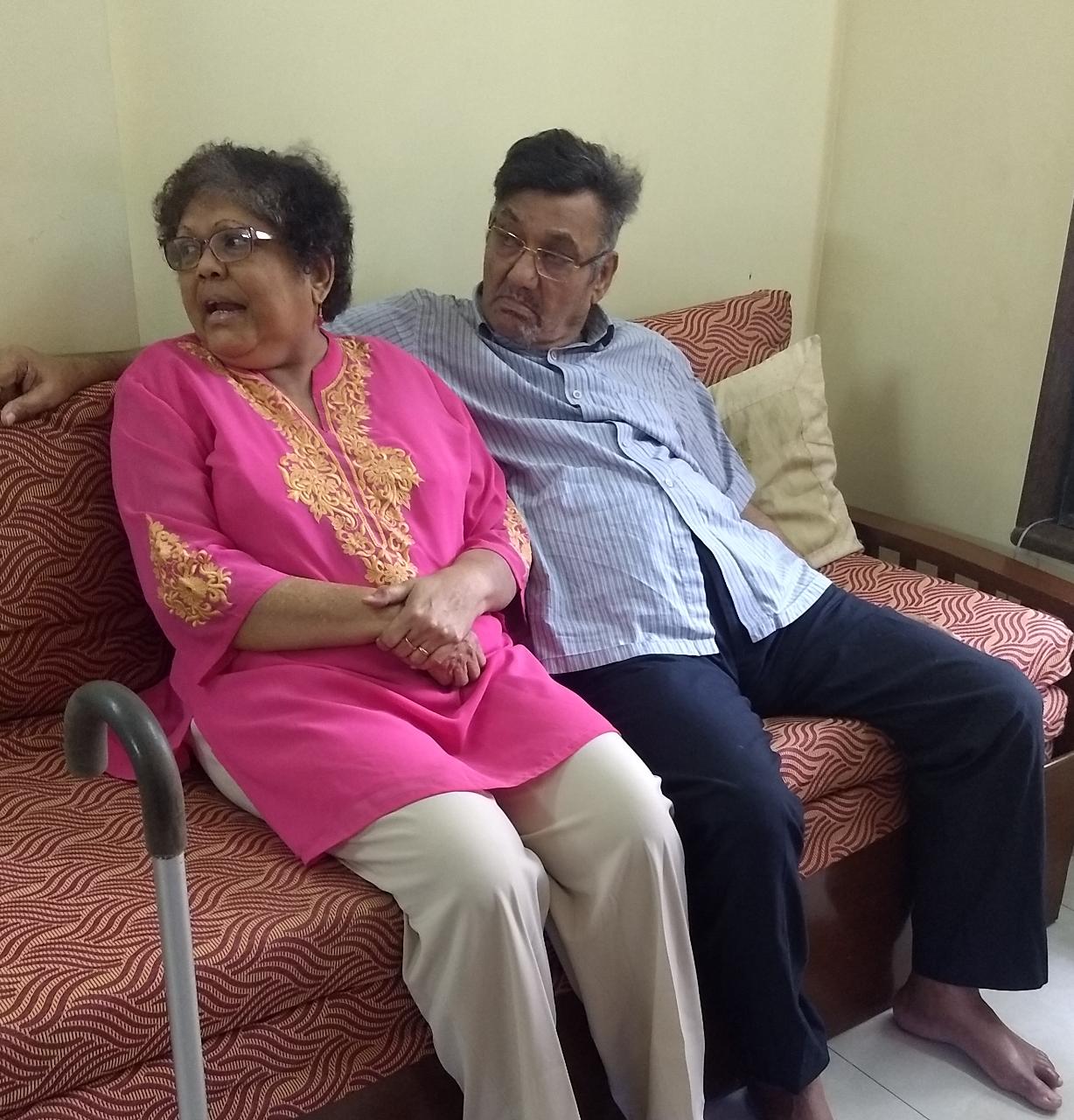
We went on our honeymoon to Mangalore. Back then, the challenges of taking insulin shots were different. The paraphernalia I used to take my injection was altogether different. No disposable syringes or pens. The only thing you used was the hypodermic syringe. It was a glass syringe with a piston of opaque glass. You used a long, detachable needle to draw insulin from the vial and a shorter needle to inject yourself. Before each insulin shot, you had to sterilize the syringe and needles.
So, when we were on our honeymoon to Mangalore, I wondered how to get the needles sterilized. Richie suggested that we go to the loco pilot of the train. We trekked the length of the train from our coach and explained the situation to the loco pilot. The gentleman was extremely helpful. He gave us boiling hot water in which I dipped the syringe and needles before taking my injection. By the way, I also had to carry the steel vessel in which I used to sterilize the syringes at home. Imagine all this on the way to our honeymoon! But such was the challenge of living with diabetes back then.
Unto Them A Son Is Born
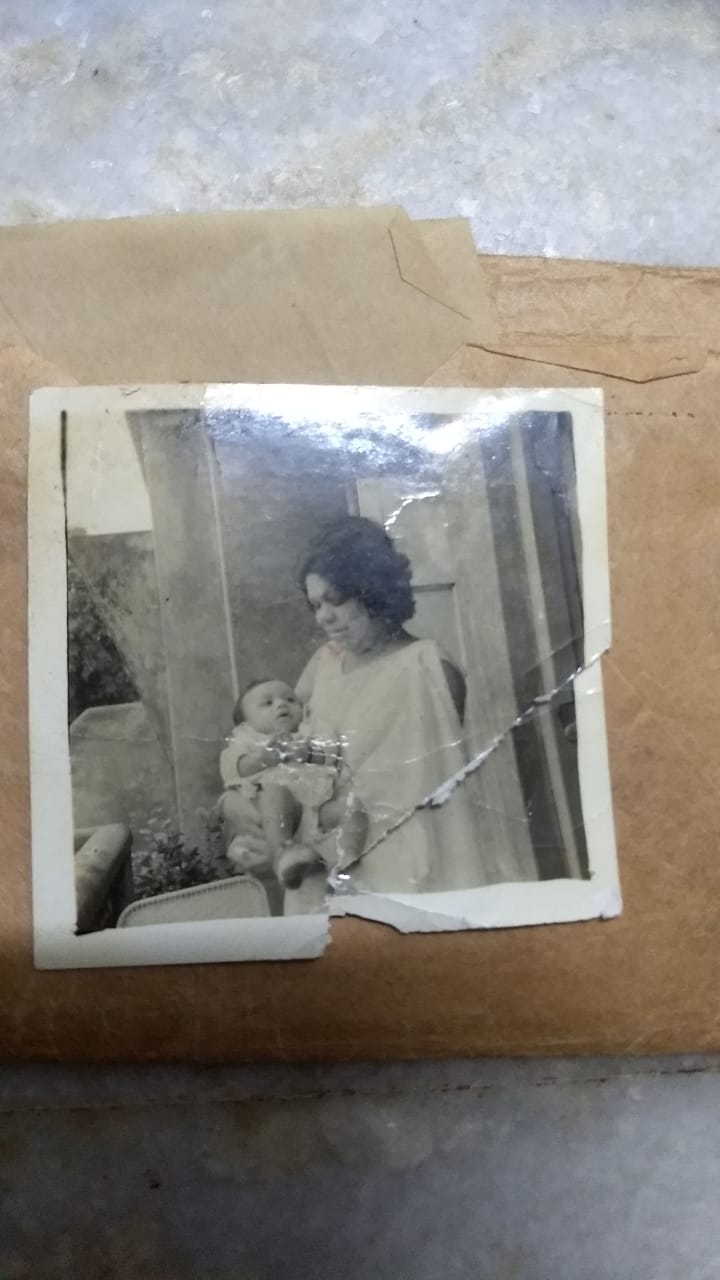
Ravi was born in April 1973. During the term of my pregnancy I used to follow up with Dr M K Dhirwani at KEM Hospital in Parel in central Mumbai. A month prior to the delivery, I was hospitalized since the sugars had to be stabilized. There were no quick-fix apps, no sensors. It was just fasting and post-meal blood and urine sugars which were the indicators. During the first eight months of my pregnancy I had taken good care of myself despite the limited means.
All blood tests, back then, meant a visit to the pathology lab. Urine tests were the only things done at home.
It was a slightly tedious procedure. You collected a urine sample in a test tube, poured a liquid called Benedict’s solution into the tube and heated it briefly on a burner. The colour that the urine took indicated the level of sugar. There was no fixed numerical value, of course. It was just a range that was indicated.
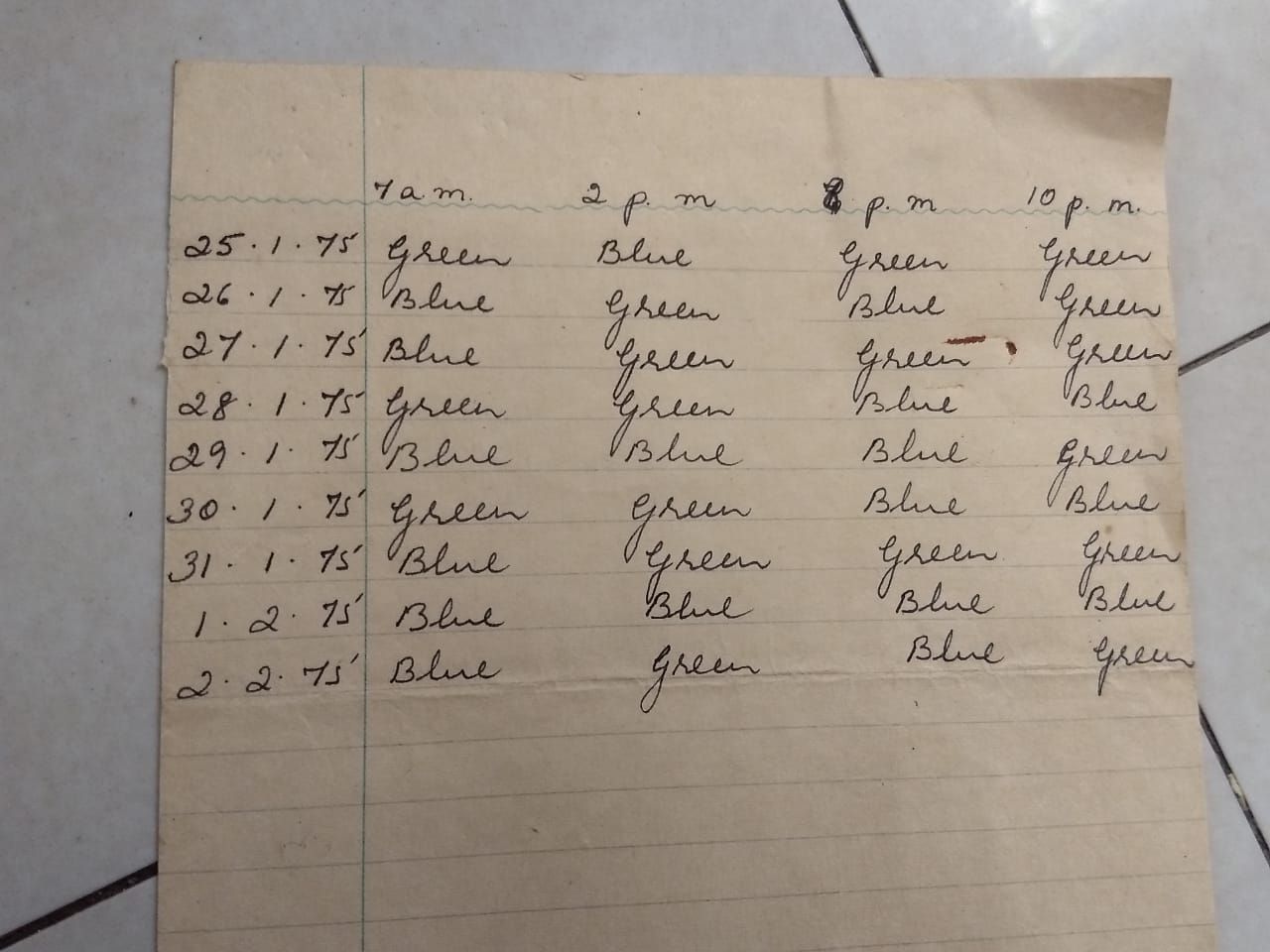
Ravi was born through the C-section. A team of about 10 doctors had been called in especially to observe this rare phenomenon of a young diabetic delivering a baby. For the resident medical officers, it was a learning experience. And, in a departure from usual practice, KEM Hospital agreed to conduct the delivery on a Sunday.
My mom and grandmother were around, my support for another 10 years after that. Then, my grandmother left me. Eventually, my mother passed away. Dr Dhirwani too died of a heart attack aged about 45. For me, as a patient, it was a collapse on the clinical and moral fronts. I still did not know of any juvenile diabetic. It had never occurred to me to ask Dr Dhirwani if there was anyone else like me. Again, I suddenly felt alone. But Richie stood by me. His family and my siblings too supported me. I reiterate: Family support helps immensely in coping with diabetes.
A New Dawn
It was in the early ’80s that I first met Dr V S Ajgaonkar and came across the JDF (Juvenile Diabetes Foundation), a support group for diabetics in Mumbai. Here, at the monthly meetings and the annual winter diabetes education camp, I met younger children who were like me. I instantly bonded with them. I felt I had finally found people of my ilk after all these years of sheer isolation.
Slowly, things were changing. Diabetes in children was being talked about. Reporters had started penning articles about the new phenomenon. By the time, we were in the early ’90s, we saw glucometers being introduced. That sounded the death knell for the urine tests using Benedict’s solution. The glucometers of the early days were bulky contraptions. But then, it was a welcome change. You could do a blood test on your own and get the result within a minute or two. This marked a revolution and turning phase in diabetes management.
It’s true that today we are blessed with a slew of gizmos and apps to manage diabetes. I am not too clued in to technology and I am still old school. Maybe that is why I think this flood of new-age gadgets is complicating things unnecessarily. Of course, this is a personal view. But the point I am making is this: I have led a simple life as a diabetic. So far, I have not had a single complication by the grace of God. Also, my son Ravi who is now in his mid-forties is not diabetic. But yes, at times, I worry for the grandchildren. Not because of the heredity factor, but because of the junk food that today’s kids, in general, consume. What makes things worse is that there is no physical exercise at all.
I’ve Been Blessed
When I look back at the last six decades of living with diabetes, I feel I have been blessed. I befriended this chronic condition and it has never harmed me. Things could not have been better. My husband Richie, son Ravi, daughter-in-law Priya, two lovely granddaughters Ria (15) and Risa (11) are my support. And so are my sisters.
At times, people ask me how many insulin injections I would have taken in these six decades. Frankly, it’s difficult to say that. I would not even hazard a guesstimate. I just can’t. But then why bother about the number of insulin shots. You see, I’ve been far too busy counting my blessings in life!
Mina talks about marriage and diabetes (Hindi version)
SUPPORT BLUE CIRCLE DIABETES FOUNDATION
We need your help and support to continue to grow, expand and touch the lives of countless people in the diabetes community. Every little bit helps us in sustaining this endeavour. Our NGO is registered under Section 80G of the Income Tax Act, India.
Click here to donate

